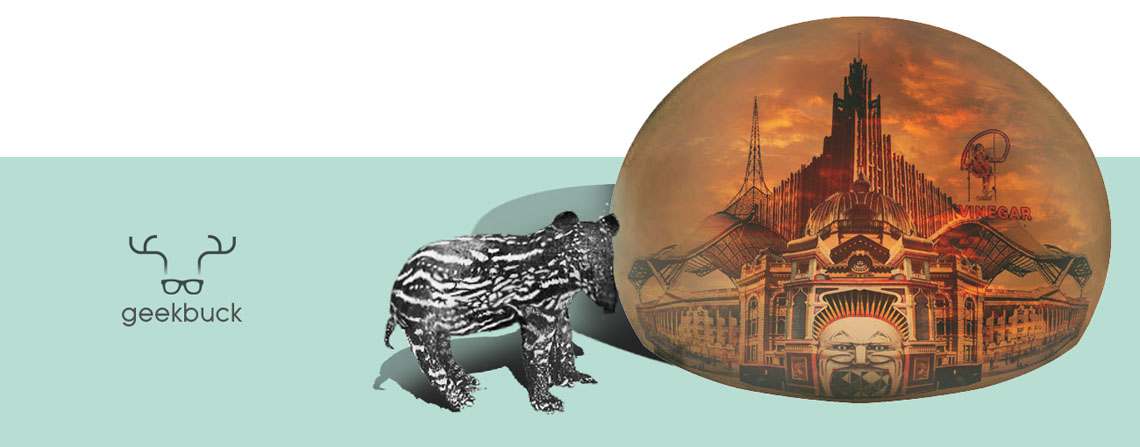Nic's mother told me a rather interesting story about the Hokkien people (she's Hakka though).
Traditionally, the Hokkien people (and this includes a large swathe of the Taiwanese) celebrate the 9th Day of Chinese New Year (the Jade Emperor's birthday) in a much larger way than the other Chinese dialect groups in Singapore. Celebrations start at the stroke of midnight on the morning of the 9th day of Chinese New Year and continue till 7 am. The festivities are observed in this manner: an altar of three tiers is set up with the sugarcane and other offertories in the top tier for the Emperor and the lower tiers holding the wines and other sacrifices (roast pig etc) for the lower deities. The household then kneels three times and kowtows nine times towards the altar.

According to the Hokkien folklore in Singapore, the use of sugarcane dates back to their time on the Mainland where the Hokkien people (from the Fujian province) were spared on the night of the 8th when they fled from Japanese pirates / raiding parties by hiding in the Sugarcane fields (emerging safe and sound on the Emperor's birthday) (read more here). Some accounts of this have been garbled and attribute this event to the invasion of the Japanese in WWII, but the tradition predates this. The use of sugarcane may have also come about because the Hokkien word for sugarcane (kam chia) sounds quite close to the Hokkien word for 'Thank you' (kam sia).
The Hokkien language is one of the Min Nan languages spoken in the south of China (part of the even larger Min language family). The actual Hokkien language has, in itself, a large number of dialects, making the Min Chinese language family one of the most dialect-aly diverse groups within the Chinese language. Wikipedia has a pretty great map of the distribution of the seven to ten language families (called 'varieties'):
Map of Sinitic Languages
"Map of sinitic languages cropped-en" by Map_of_sinitic_languages-en.svg: Wu Yue (original); Gohu1er (SVG)derivative work: Kanguole (talk) - Map_of_sinitic_languages-en.svg. Licensed under CC BY-SA 3.0 via Commons.


